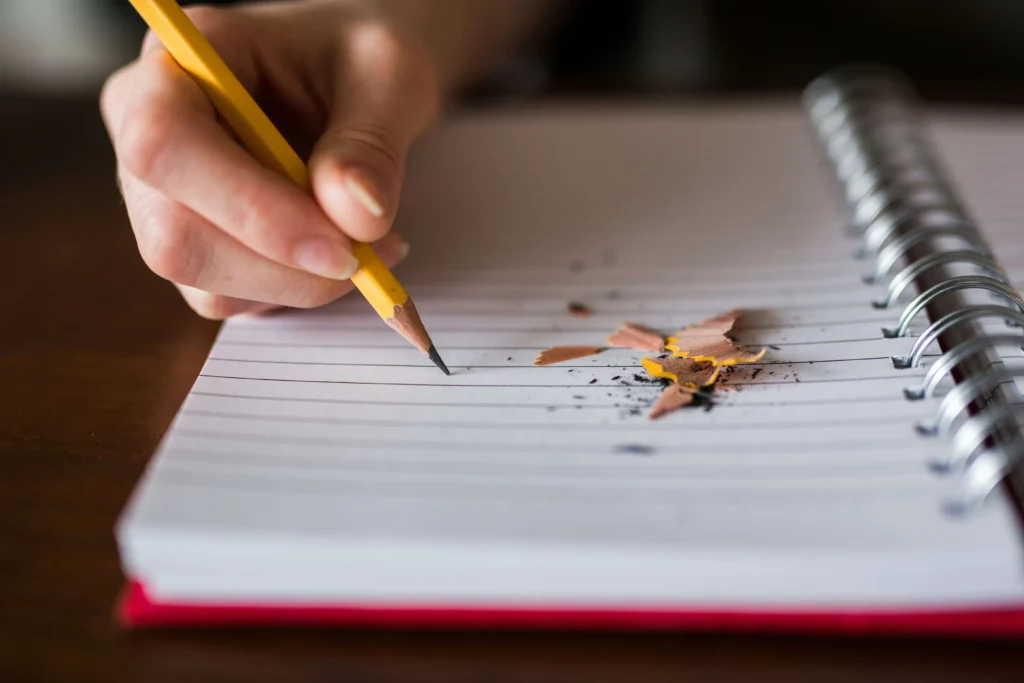In the quest for developing a new skill or enhancing brain function, you might have considered learning to write with your left hand. Whether you’re naturally right-handed or a leftie wanting to enhance your skills, the journey is quite a thrilling yet challenging one.
Understanding the Switch
The process termed handwriting retraining involves rewiring our brain to establish new neural connections. It necessitates patience, determination, and ongoing practice. This journey of adaptation will require your brain to control your non-dominant hand, often feeling like starting from scratch.

Starting Small
Avoid rushing through the process. Start slow, and focus on steady progress. Initially, focus on writing short words or phrases, then gradually challenge yourself with longer sentences and more complex paragraphs.
Training Your Hand
To get used to the unique shapes and strokes of each letter, practice writing every letter of the alphabet until you develop muscle memory in your left hand. Drawing basic shapes like circles, squares, and triangles can help improve your fine motor skills.

Challenging Yourself
A fun and fruitful exercise can be learning to write mirror scripts, where the letters are written backward. Also, using your left hand for simple daily tasks such as brushing your teeth or eating will foster more control and dexterity.
Using the Right Tools
Your pen plays a vital role too. Avoid using ballpoint pens as they may result in smudges. Opt instead for gel or felt-tip pens that offer superior control and minimize smudging.

Strengthening Exercises
A key aspect of mastering left-handed writing involves strengthening your left hand. Games requiring quick reflexes, such as tennis or ping pong, and even identical exercises with both hands simultaneously, can help improve your hand-eye coordination significantly.
Tips for Smudge-Free Writing
- Use a Smudge Guard to prevent your hand from smearing the ink.
- Adjusting the angle of your hand can also reduce smudging.
- Avoid pressing your hand too much on the paper. A lighter touch can produce neater writing.
- Positioning the paper slightly to the right can provide a more natural and comfortable writing position.
- Try writing from above the line. This change in technique can result in cleaner handwriting.

Persistent Practice
Remember, the key to learning how to write with your left hand is dedication and constant practice. Not only does it stimulate your brain, but it can also boost creativity, enhance memory skills, and foster greater empathy.
Conclusions
Your journey on mastering left-hand writing can be physically demanding, but the reward of cultivating a new skill is well worth the effort. While the progression might be slow initially, remember that with patience, consistency, and the above-mentioned practices, you can transform the challenge of writing with your left hand into a fun learning journey.
